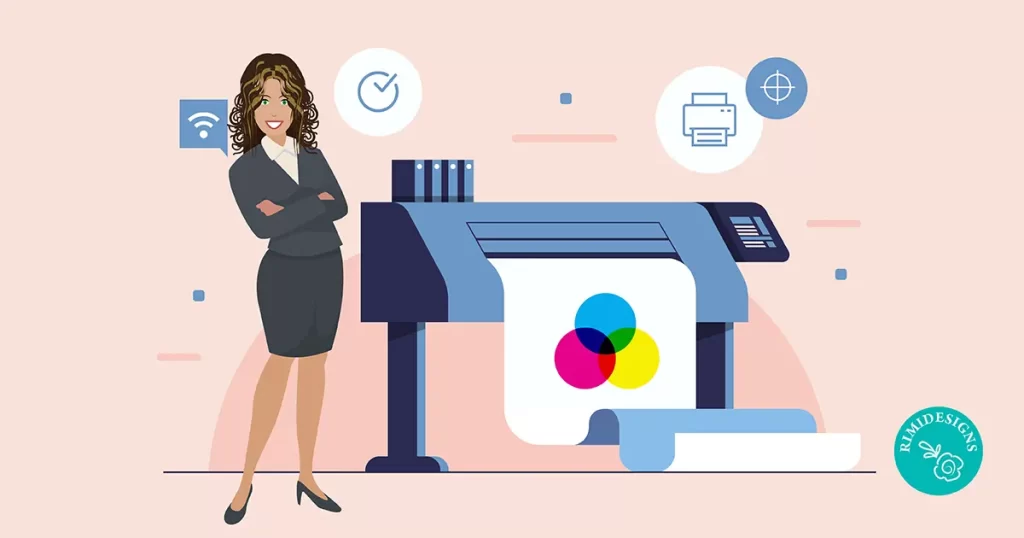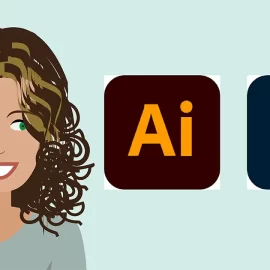
Offset and Digital Printing: What’s the Difference?
In this post, we talk about the differences between offset and digital printing to help you understand the printing process and which services you should be using.
What are the differences between offset and digital printing?
The main concept that separates offset from digital printing is the way the images get transferred onto the substrate.
Offset printing requires an etched plate to transfer ink to paper, while digital printing uses electrostatic drums to image the paper.
Digital printing requires little to no setup and is very cost effective for short runs. Offset requires much more setup and management prior to the print run, which suites it better for longer runs.
Is one better than the other?
Each method has its niche where it excels. For medium to larger run, static (non-variable) printed work, offset printing is the most cost effective method. For short run static or any variable data print needs, digital printing is usually your best option.
Until recently, offset printing had been generally thought to be superior in print quality to its digital print counterparts. However, the technology has come a long way and with the right digital equipment, the print quality is right up there with offset.
For the longest time, size limitations of digital printers were an issue but the new equipment releases have closed that gap, as well.
Which materials should be printed using the offset method?
Paper is the most common substrate used in both offset and digital print methods. Offset presses have more flexibility to run a wider range of materials, depending on the types of inks and coating methods. Other materials include – but aren’t limited to – corrugate, plastics and synthetic stocks.
Which materials work better with the digital method?
Material options also vary between types of digital printers. Some printers are better suited for light-weight paper, others require a specially treated material for ink adhesion, while others can print on pretty much anything you can throw at it.
Based on volume of printing, which method works better?
As a general rule of thumb, offset printing is the best option for your long runs between the two methods. However, this is only applicable for static (non-variable) work.
If 4-colour variable is needed, digital is the only option.
Conclusion
Ultimately, both offset and digital printing methods have places where they excel and each overlap at some time based on quantity, size, materials, etc.
SOURCE: Imagine



